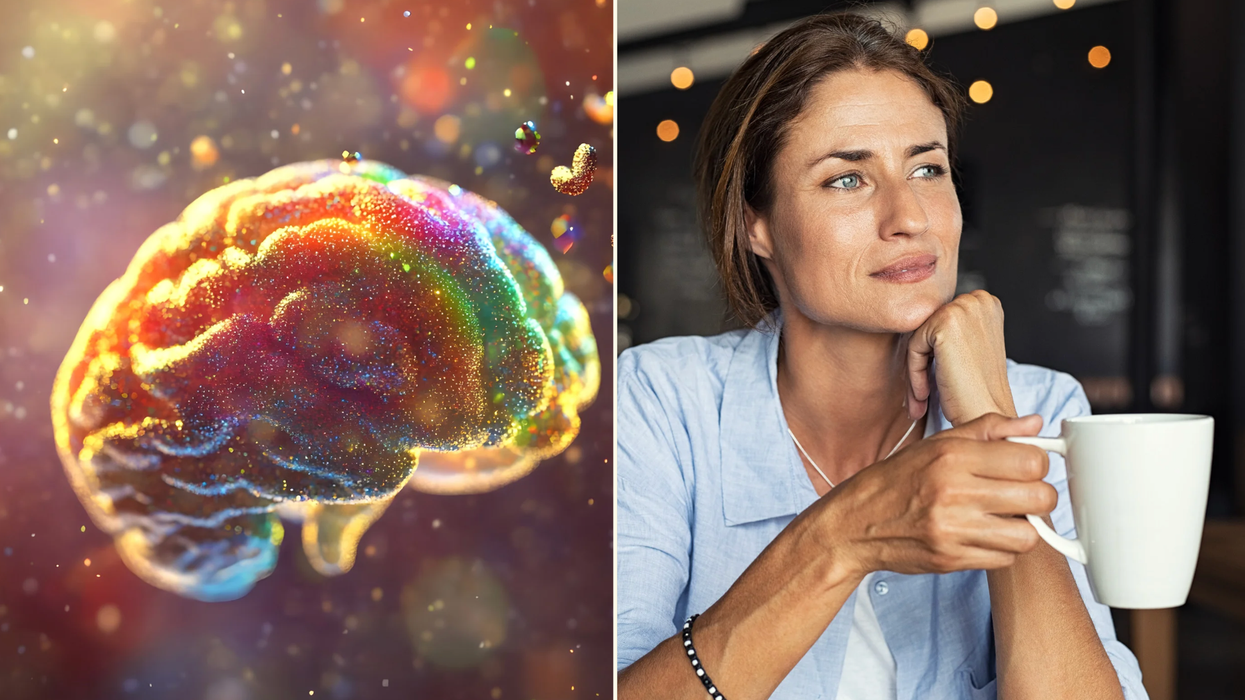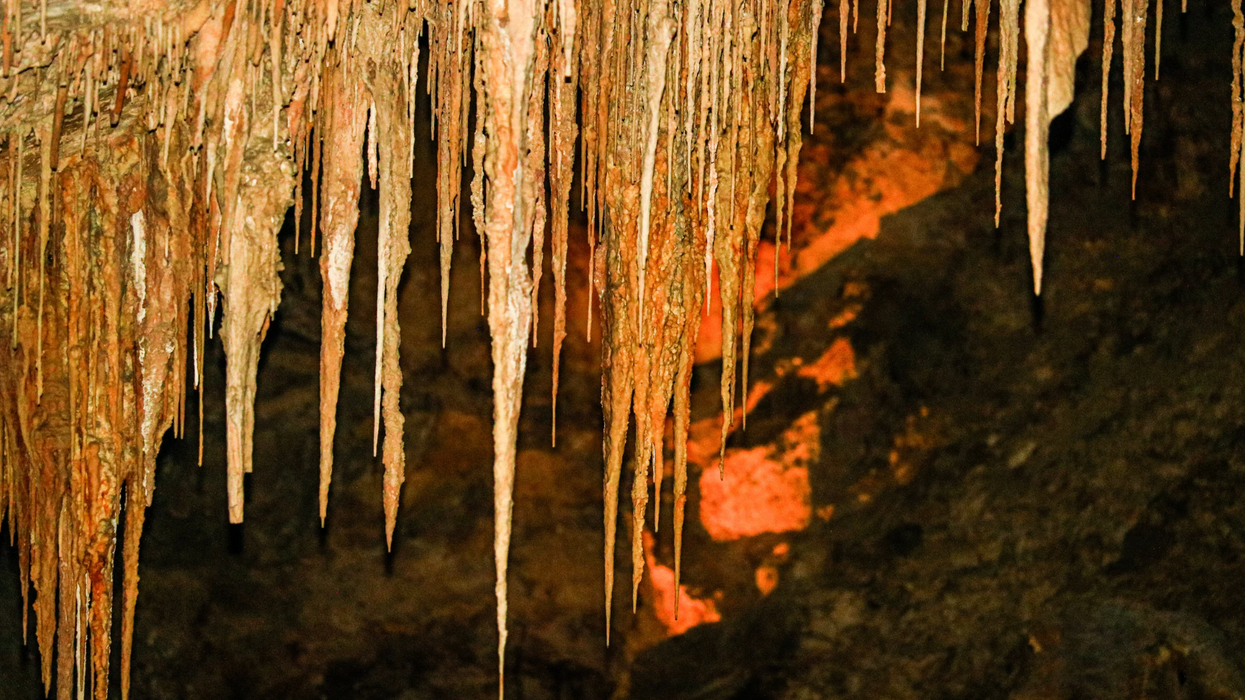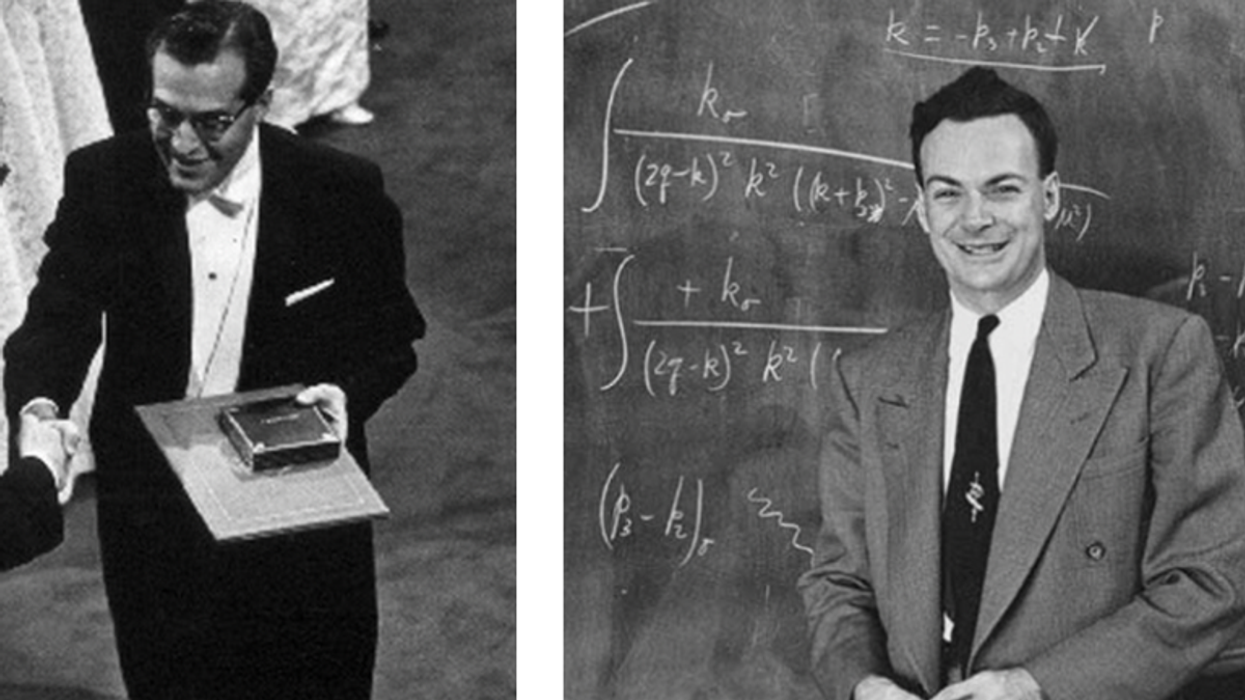Growing up, though we were infrequent churchgoers, Christmas was a huge deal in my family. Even during those years when my parents couldn’t afford the shiniest, most heavily advertised toys for my sister and I, they made up for it with a loving atmosphere, boatloads of decorations, and the kind of Christmas cheer that seems cheesy to my adult mind now, but meant the world to me on those early December mornings.
Decorating our artificial tannenbaum each year, eclipsing any tree-topping angel, our black Santa ornament was the star of the show. My mother doesn’t remember where she found him, and he was painted unevenly, as though some underpaid artisan had wanted to include differing skin tones of Black-with-a-capital-B so that no kids felt left out. In a world of Miracle on 34th Street (and every other street for that matter), my family wanted me to relish in the possibility that Santa could be black, even if TV, Coca-Cola ads, and movies were constantly telling me otherwise.
Children of color get enough negative messages about who they are before they’ve even suited up to play in the game of life. In a just world, around the time of this widely celebrated holiday that’s tied to words like “peace” and “joy,” little black boys and girls wouldn’t have to steel themselves against the slings and arrows of racist caricature. But, leave it to adults to fuck that up.
Enter: Black Pete
Widely accredited to Jan Schenkman’s 1850 book Saint Nicholas and his Servant, the Dutch Sinterklaas archetype was depicted as being not unlike the Santa Claus many American kids came to know and love, delivering gifts and all that jazz. Schenkman’s fan-edit in question, however, was a black-skinned servant that would come to be known as Zwarte Piet (Black Pete). Though depictions in picture books vary in the decades since, the constants of his subservient position—charcoal-dark skin, bright red lips, wide eyes, and curly hair—are difficult to process a century after Piet became a staple of Christmas fare for the Dutch and other Europeans. Even today, children sing “…Even if I’m black as coal, I mean well…” in a popular song based on the origin story of Santa’s “savage” helper. Portrayals of the character by white Europeans wearing blackface with painted lips and afro wigs during Sinterklaas parades and festivals are even more egregious.
“Is Black Pete racist?” seems to be a query posed regularly by European media around this time of year. Given that these are predominately white outlets (“Black Pete: Harmless tradition or racist throwback?” asks The Week), with predominately white audiences, I guess that may at least seem like a valid question. Yet, with the Sambo-esque appearance, servile demeanor, and general buffoonery of the character, most people of color would retort, “You’re damn right it’s racist!” The eventual reason given—because racists always seem to have a rebuttal—for Black Pete’s dark skin is that he is dirty from sliding down chimneys delivering presents. As for the red lips, hair, and broken Dutch the character is often portrayed as having, who knows?
Debate over whether something like this is racist or not is not unlike the alcoholic who debates whether she has a problem or not as she desperately swills mouthwash in a hotel bathroom. (If you have to ask…) Considering Black Pete’s origins are rooted in the 1850s, after decades of Dutch slave trading, there’s not much of an argument. The visceral horror of seeing one’s self defamed and lampooned, whether in the name of tradition or outright malignant racism, is a sensation difficult to impart upon even the most well-meaning whites. With recent, regrettable Merry Cripmas college parties—where our supposed best and brightest don their finest blackface to chug Milwaukee’s Best, embarrass their universities, and alienate any black friends they may have had—we here in the States can hardly wag our fingers. Like the U.S., the Netherlands’ deep history of enslaving Africans still has a ripple effect on the present day.
Black Pete, like blackface in this country, is rooted in the laziest, most raw type of anti-blackness, a dangerous (and sometimes deadly) combination of malevolence and ignorance. The United Nations has officially condemned the use of Black Pete in the Sinterklaas celebrations, yet with Dutch Prime Minister Mark Rutte stating that it is not up to him (or politics in general) to decide whether Black Pete should be done away with, the black children of the Netherlands must continue to have the spirit of the season (and potentially their senses of self) distorted, all in the name of “tradition.”
















 Otis knew before they did.
Otis knew before they did.